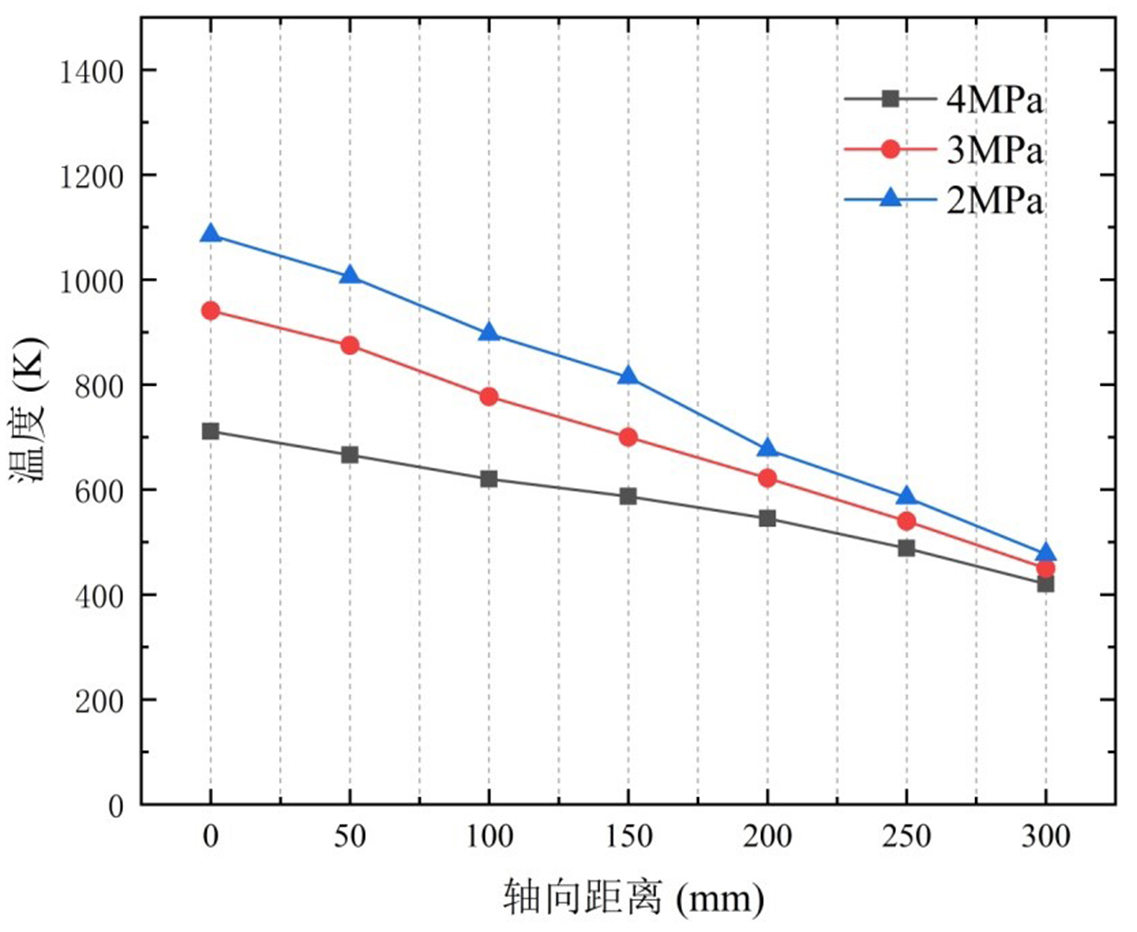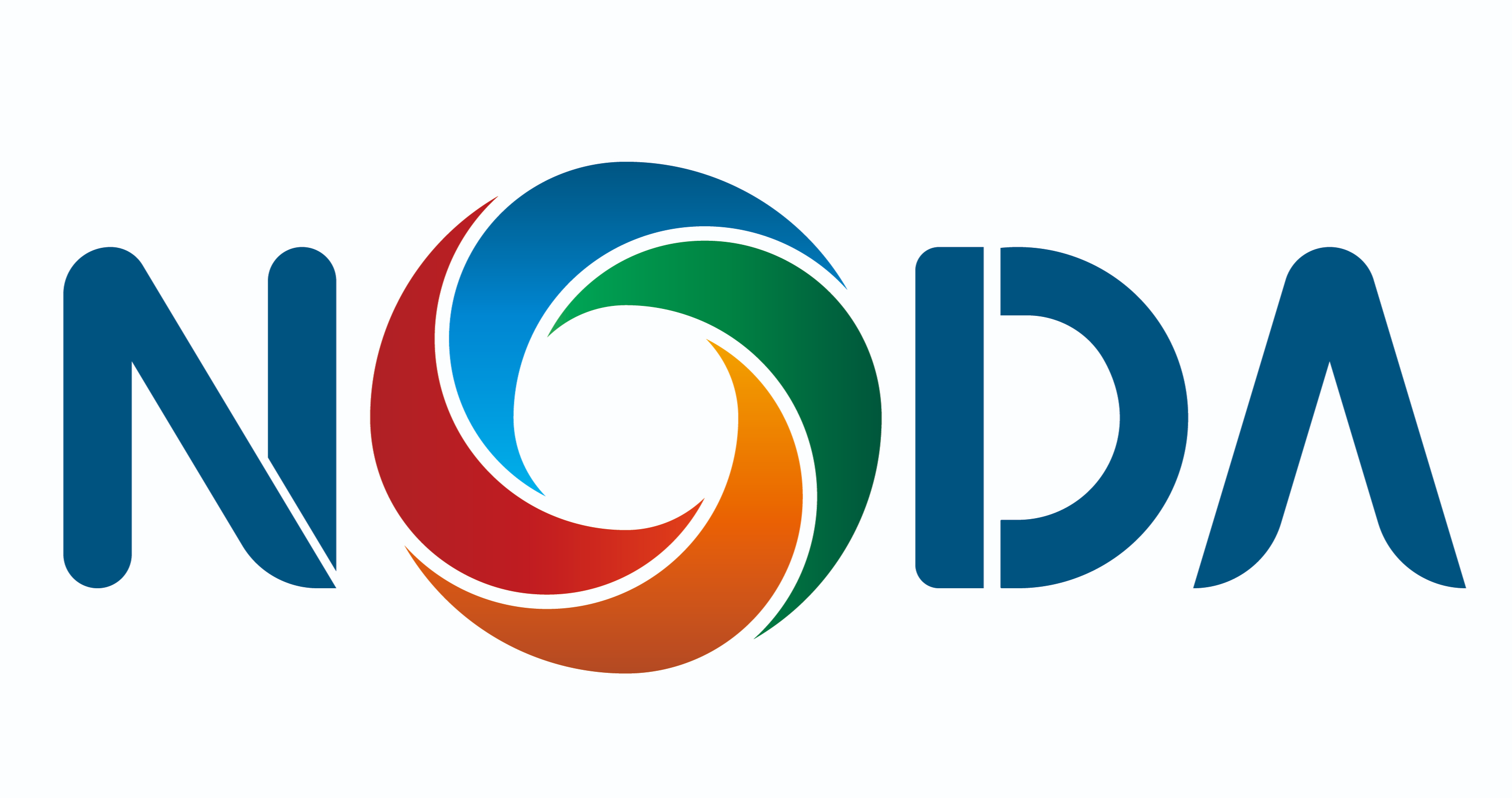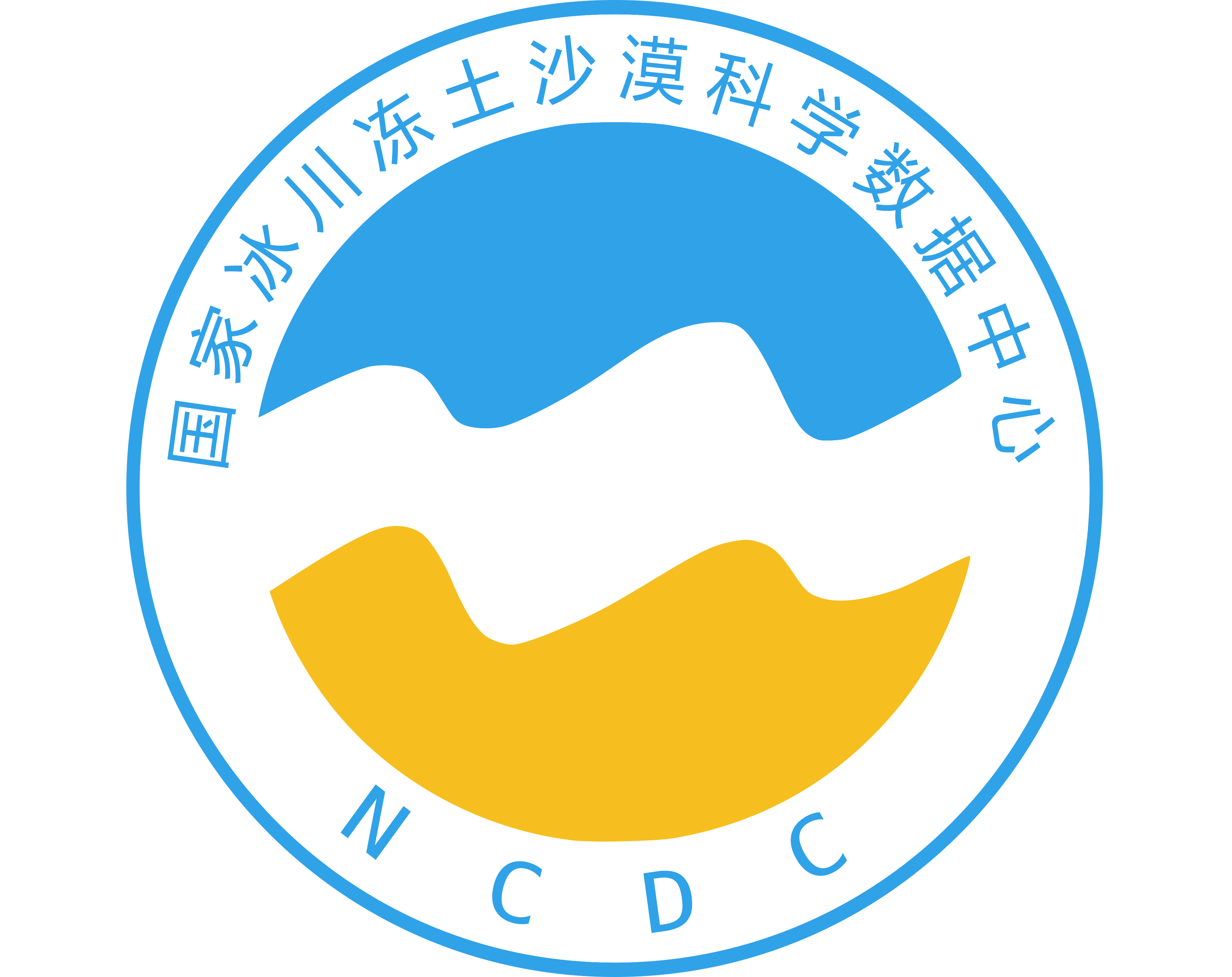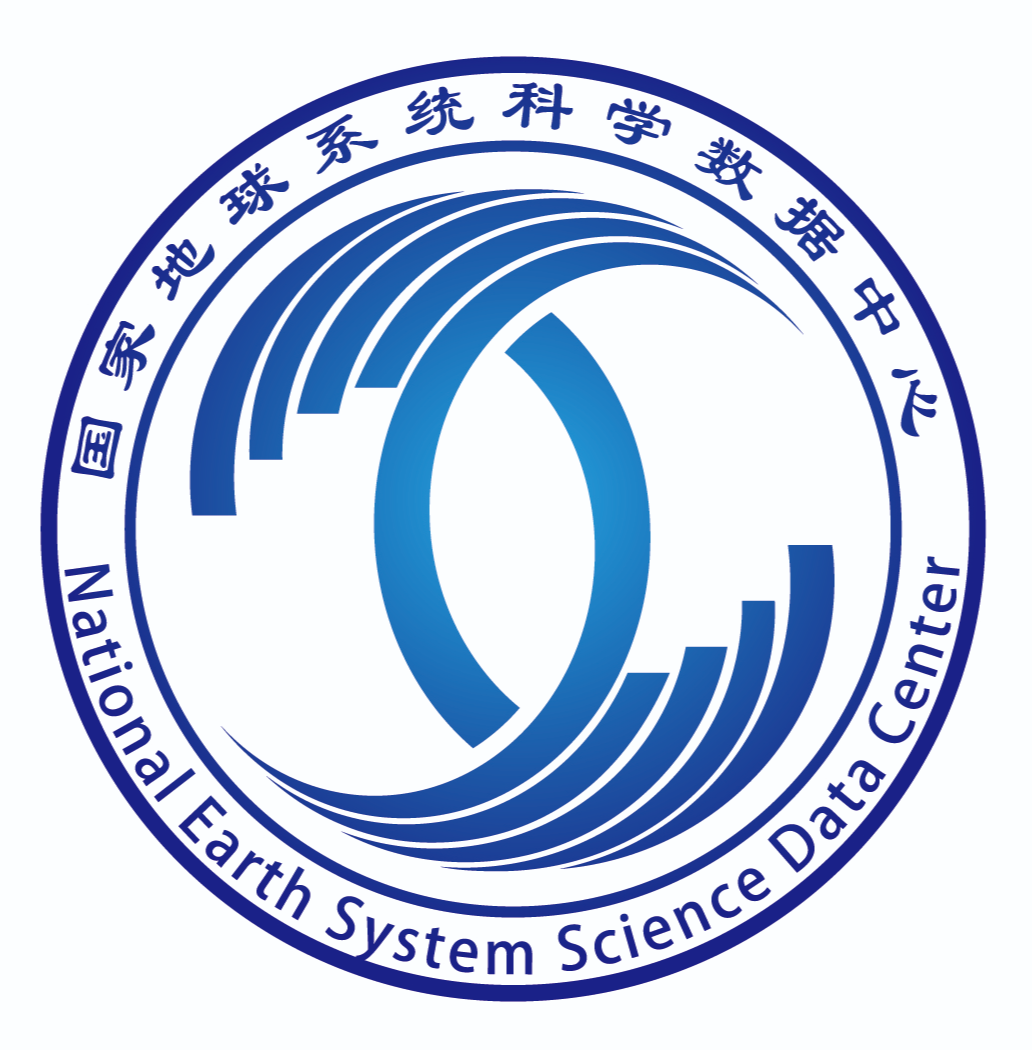In order to investigate the effect of different secondary nitrogen pressure on flame flow temperature, the secondary nitrogen pressure was adjusted to 2 MPa, 3 MPa and 4 MPa to capture the flame flow temperature at different spraying distances, as shown in Fig. On the one hand, by changing the secondary nitrogen pressure can achieve a wide range of flame flow temperature adjustment, the greater the secondary nitrogen pressure, the greater the flow rate of secondary nitrogen injection, the more secondary nitrogen involved in mixing, and therefore the flame flow temperature is relatively low. On the other hand, the closer the spraying distance is to the nozzle, the greater the difference in flame flow temperature under different secondary nitrogen pressure, and the flame flow temperature value is converging with the increasing spraying distance, which indicates that increasing the secondary nitrogen pressure helps to enhance the flame flow temperature retention at the spraying distance. In the case of constant kerosene flow rate of 10 L/h, oxygen and primary nitrogen flow rate of 20 Nm3/h, the flame flow temperature can be widely adjusted in the range of 423-1080 K by changing the secondary nitrogen pressure and spraying distance.






















